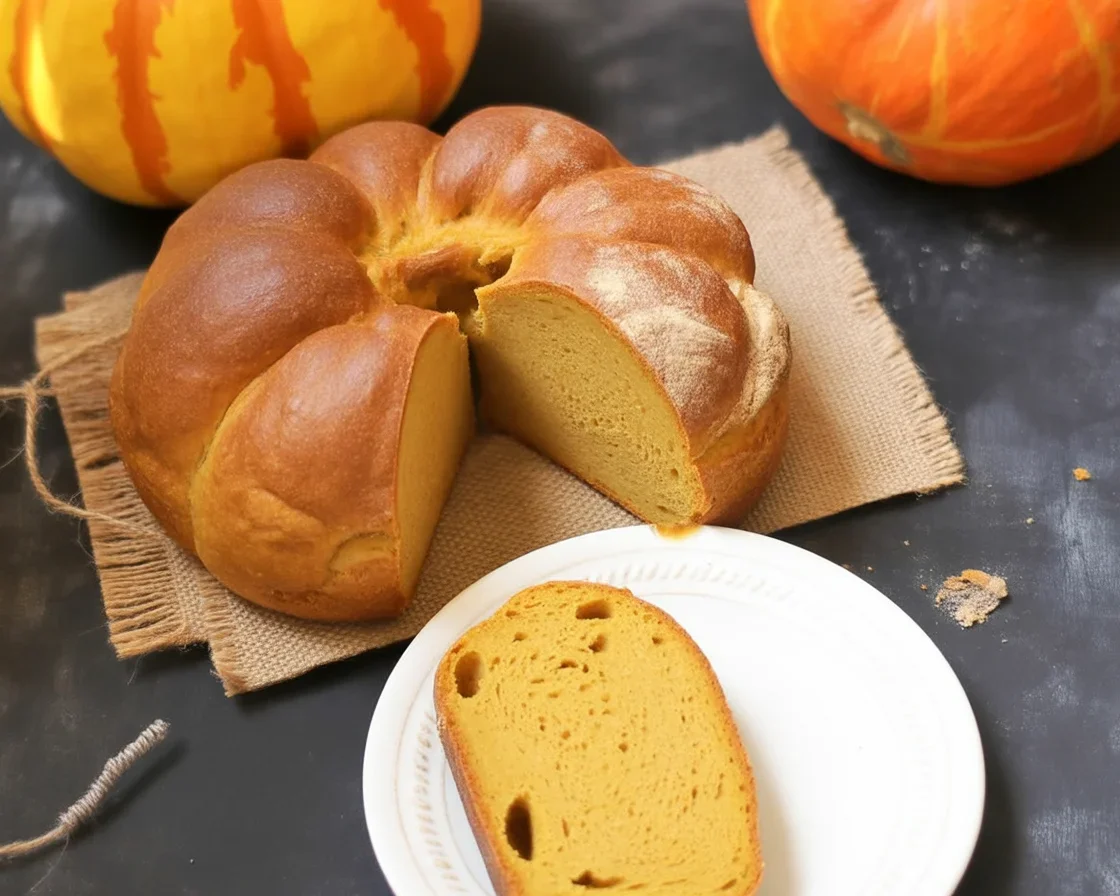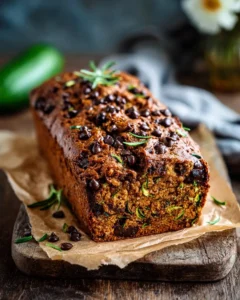Pumpkin sourdough bread keeps popping into my mind the second leaves start crunching under my feet. It’s like, suddenly, the air is chilly and I just want something warm with autumn flavor that won’t taste like a sugar bomb from a bakery case. But every year, the idea of making real sourdough, with the starter and all, kinda freaked me out. Sound familiar? If you’re nodding right now, trust me, I got you. I figured out a way to keep my pumpkin sourdough bread soft, flavorful, and oh yes, doable—even if your last loaf coulda doubled as a doorstop. If you love cozy bakes, there’s a good chance you’ll want to check out this delicious soft cinnamon swirl pumpkin bread mini loaves or even this totally dreamy fall for irresistible pumpkin cream cheese bread. But for today? Let’s get into this golden, tangy pumpkin delight.
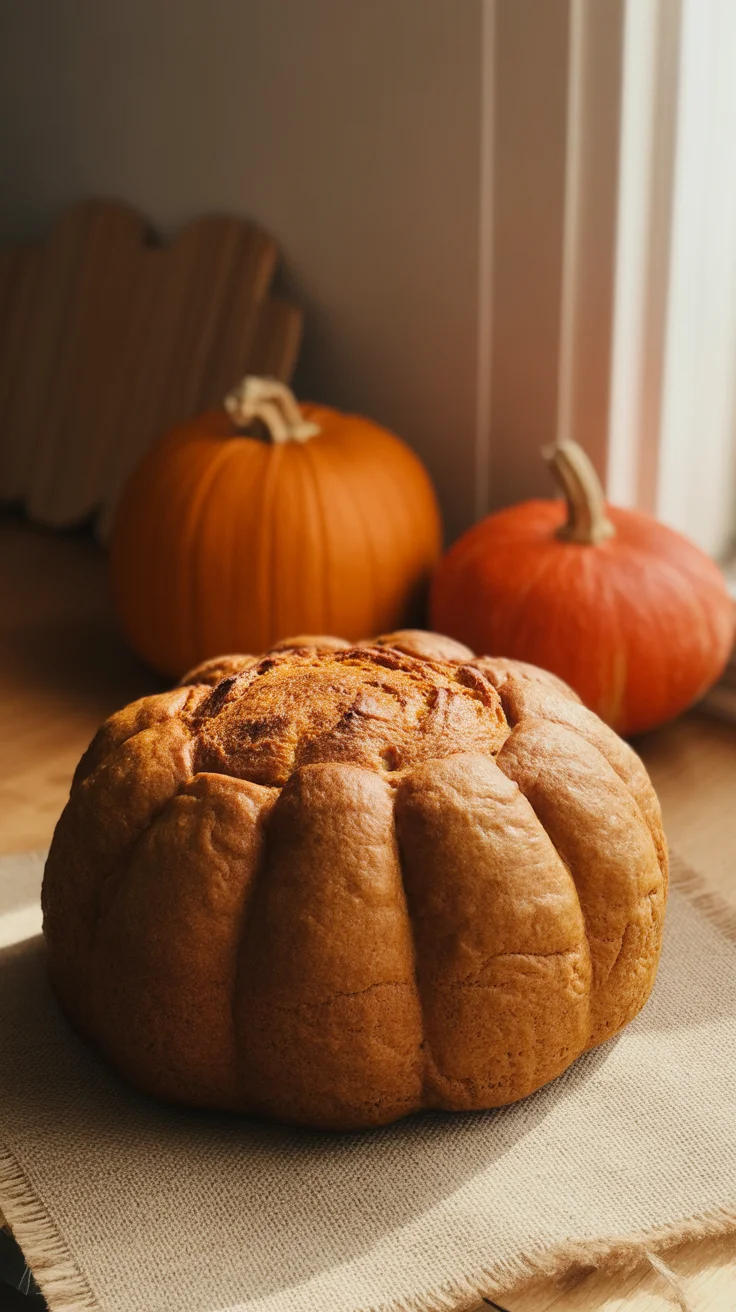
Why Pumpkin Sourdough Bread is a Fall Baking Essential
Okay, so you might be asking: why even bother? Let’s be honest—pumpkin sourdough bread is special for a couple reasons. First, it makes your kitchen smell so freakin’ good, people will think you paid cash money for some luxury candle. Second, pumpkin adds a natural softness, so your loaf doesn’t wind up dry (the ultimate sin in bread-land, in my humble opinion). Sourdough just feels fancier than it really is, like something outta a “five-star restaurant.” But the best part? It’s way easier (and yummier) than you think. Pulling out a warm pumpkin sourdough bread on a chilly afternoon feels like a little autumn magic in real life.
| Ingredients | Benefits | Tips |
|---|---|---|
| Sourdough Starter | Provides a natural leavening agent | Feed regularly for optimal performance |
| Pumpkin Puree | Adds moisture and natural sweetness | Use fresh or canned, but drain excess liquid |
| Flour (All-purpose & Bread) | Creates the perfect texture with a good crust | Mix for the best combination of softness and stability |
| Salt | Enhances flavor and boosts fermentation | Add in moderation, too much can inhibit growth |
| Water | Necessary for activating the dough | Adjust water according to flour type |
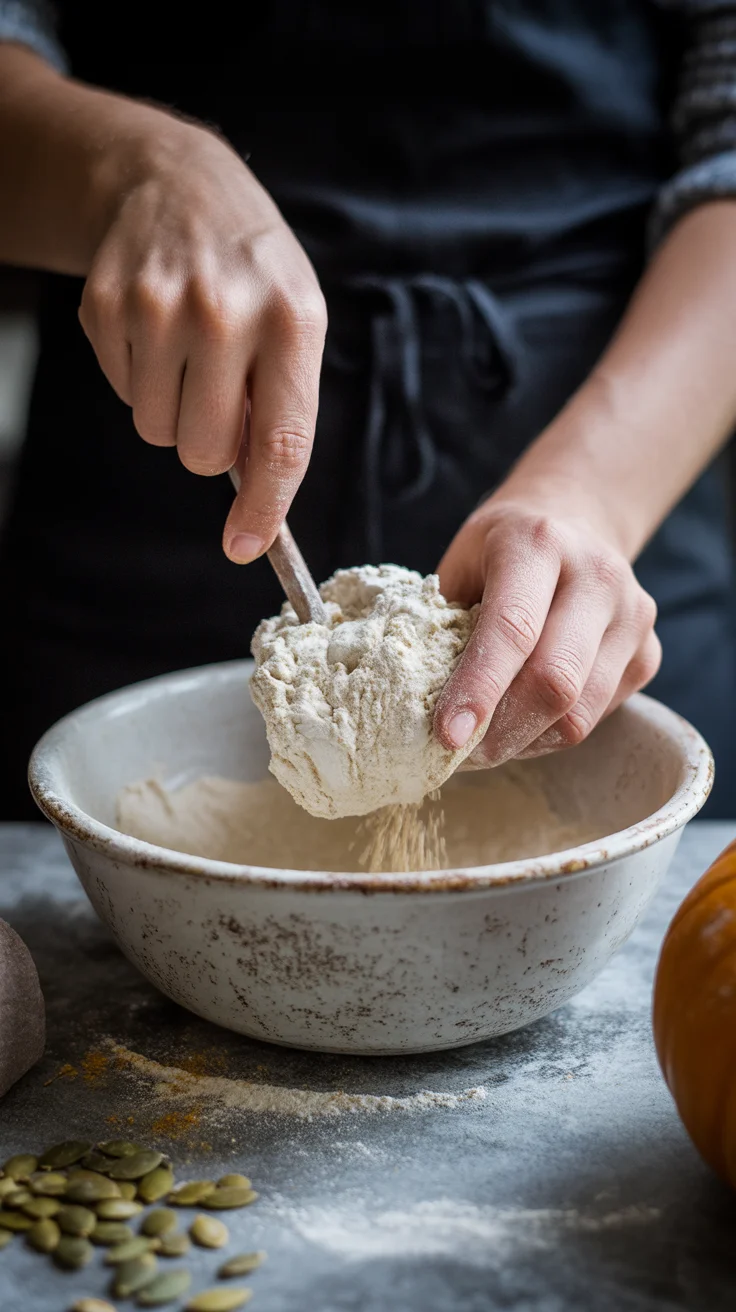
Benefits of Adding Pumpkin to Sourdough
Personally, I love how pumpkin boosts everything about sourdough. Texture? Soft and dreamy, not dry at all. The flavor is subtle, which means you get fall vibes without pumpkin spice karate kicking you in the taste buds. Plus, pumpkin’s moisture slows down staling, so that pumpkin sourdough bread is perfect for snacking for days (unless your family eats it all the first night like mine does). It’s nutritious, too. You get vitamins, fiber, and just enough color to make every slice feel special. Oh, and if you haven’t used up that can of puree, this pumpkin zucchini bread moist spiced fall inspired works overtime for fall cravings!
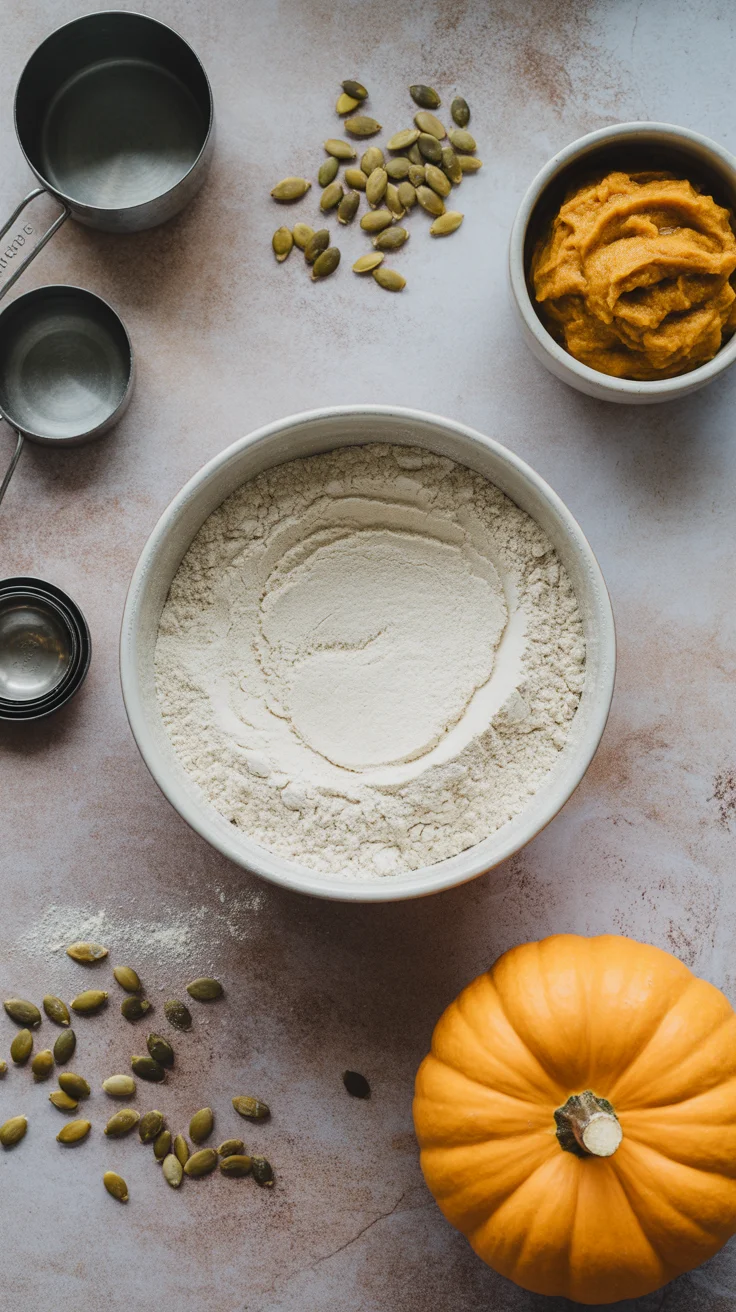
Choosing the Right Flour and Pumpkin Puree
You don’t need a fancy pants flour—just something with a bit of backbone. I go with a mix (half regular all-purpose, half bread flour, or even white whole wheat if I feel healthy-ish). The idea is that bread flour gives you a tough old-school crust, while all-purpose keeps crumb softer. For pumpkin, canned puree is the move unless you love washing a million dishes. Don’t grab pumpkin pie filling though, unless sugar shock is your thing. Oh, and if you ever roasted your own, that works too. Just drain it good before using, trust me—too much water turns that dough into glue city.
Step-by-Step Guide to Making Pumpkin Sourdough Bread
Let’s get into it. Here’s how to make pumpkin sourdough bread without feeling like you’re on a baking reality show.
- Start in the morning if you can (timing is everything, sort of).
- Mix 1 cup active sourdough starter with 1 cup pumpkin puree, 3 cups flour, 1 teaspoon salt, and about ¾ cup water.
- Stir until sticky, then let it sit. Maybe check your email or make a quick coffee.
- Every half hour for the next couple hours, give it a quick fold with clean hands. Nothing fancy—just fold the sides into the middle. It’s forgiving.
- Shape on a floured counter. Plop into a bowl with a towel, let it rise again till puffy.
- Crank your oven to 450°F. Bake in a Dutch oven for about 35-40 minutes. You want a crust, but not cardboard.
Smells wild when it’s baking, right? If you want step-by-step visuals, I pop over to video sometimes just to double-check I’m on target.
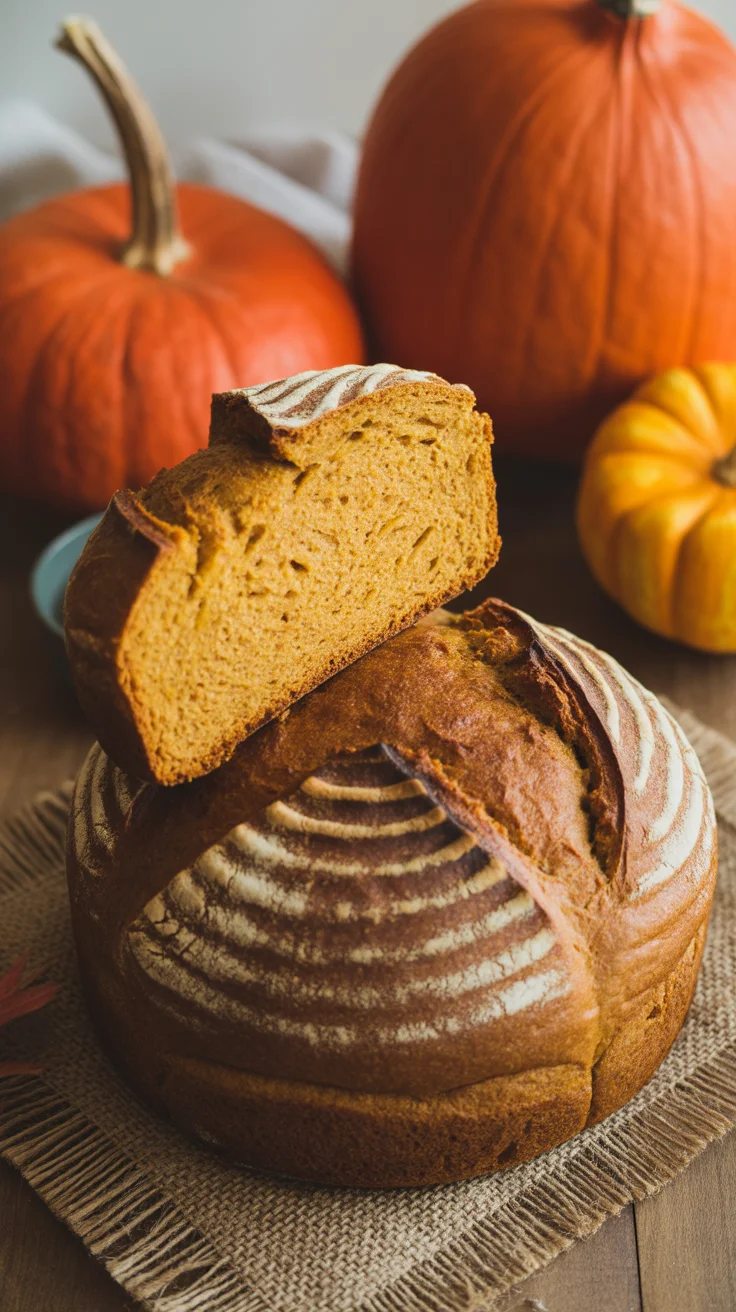
Tips for Maintaining the Perfect Sourdough Starter
Worried your sourdough starter is sad and neglected? Been there. The key is routine. Store it in the fridge if you don’t bake every week. Scoop out a bit, feed with equal flour and water, and leave it till bubbly. Mold = not good. Watery liquid is fine, just pour it off. If it smells like gym socks, toss and restart. If your starter looks feisty and smells kind of yeasty, you’re golden.
Flavor Variations: Sweet, Savory, and Spiced
This is where pumpkin sourdough bread gets really fun. Toss in mini chocolate chips for kids (and grown-ups, no judgment). Sprinkle cinnamon, nutmeg, and clove for classic spice. Or get daring—shredded cheddar, chopped herbs, and a little cracked black pepper turn it into a killer soup side. Change it up with every loaf, no regrets.
Baking Tips for a Golden Crust and Soft Crumb
Don’t stress about being perfect here. A preheated Dutch oven gives you that snappy crust. Add a splash of water for steam if you’re feeling adventurous. Use a sharp knife or lame (I use a steak knife, honestly) to score the top, so it opens pretty and rustic. If your oven is a little wonky, check at 30 minutes and tent it with foil if the crust is darkening too fast.
Serving Suggestions for Breakfast, Snacks, or Dinner
Okay, so how do you eat this glorious pumpkin sourdough bread? Here’s how I like it best:
- Hot outta the oven, with salted butter.
- Toasted with a little apple butter or honey.
- Turn leftover slices into French toast, hello cozy Sunday.
- Chunky cubes for dipping in soup or salad.
However you do it, just don’t be surprised if the whole loaf vanishes in a day.
Storage and Freezing Tips
At my house, I stick the pumpkin sourdough bread in a bread bag or a big zipper bag, and it’s fine for a couple days. If we somehow don’t destroy it right away, I slice and freeze half. Pull a slice out of the freezer, toast it, and boom—instant homemade comfort (bonus, no weird freezer taste as long as you wrap it tight).
Frequently Asked Questions (FAQ)
Do I need a fancy banneton basket? Nah, just line a regular bowl with a kitchen towel, dust it with flour, and it works. Can I make pumpkin sourdough bread with gluten free flour? You totally can, but the texture is a little denser, so adjust water slowly. What if I don’t have a Dutch oven? It’ll work on a cookie sheet with a pan of water on the bottom rack for steam. How do I know it’s done? It’ll sound hollow when you tap the bottom (and it looks deeply golden). Got pumpkin leftover? Try delicious pumpkin muffins bake again and again or sneak it into this pumpkin spice cake moist fluffy fall inspired.
Conclusion: A Wholesome, Autumn-Inspired Bread for Every Table
Look, if you’re after a loaf that feels special, pumpkin sourdough bread is basically the coziest you can get. It’s not just bread—it’s a whole fall experience, right from your own oven. You don’t need to be a pro, just patient and hungry for something a little different. You might even find yourself baking it again long after sweater weather ends. And hey, if you’re curious about more ways to infuse fall into your bakes, check out these brilliant ideas for Easy Pumpkin Sourdough Bread, go deeper with Pumpkin Sourdough Bread, or try the totally unique Pumpkin Cinnamon Swirl Sourdough Bread for your next bread adventure. Stick with it, make it your own, and don’t forget to save me a slice.
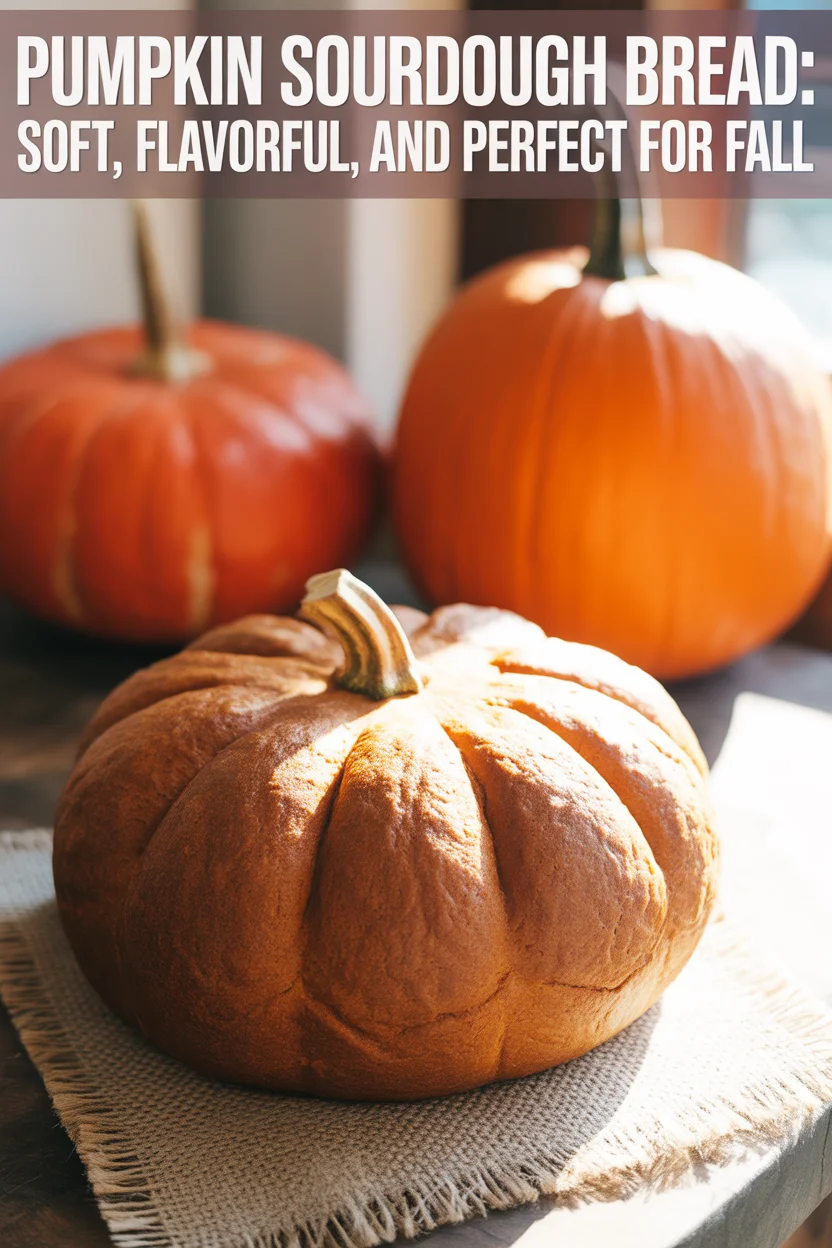
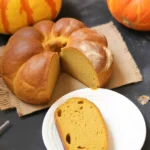
Pumpkin Sourdough Bread
Ingredients
- 1 cup active sourdough starter
- 1 cup pumpkin puree fresh or canned
- 3 cups all-purpose and bread flour mixed
- 1 teaspoon salt
- 3/4 cup water adjust as needed
Instructions
- In the morning, mix the sourdough starter, pumpkin puree, flour, salt, and water until sticky.
- Let the mixture sit for a while, folding the dough every half hour for the next couple of hours.
- Shape the dough on a floured counter and let it rise in a bowl with a towel.
- Preheat the oven to 450°F and bake the dough in a Dutch oven for 35-40 minutes.

